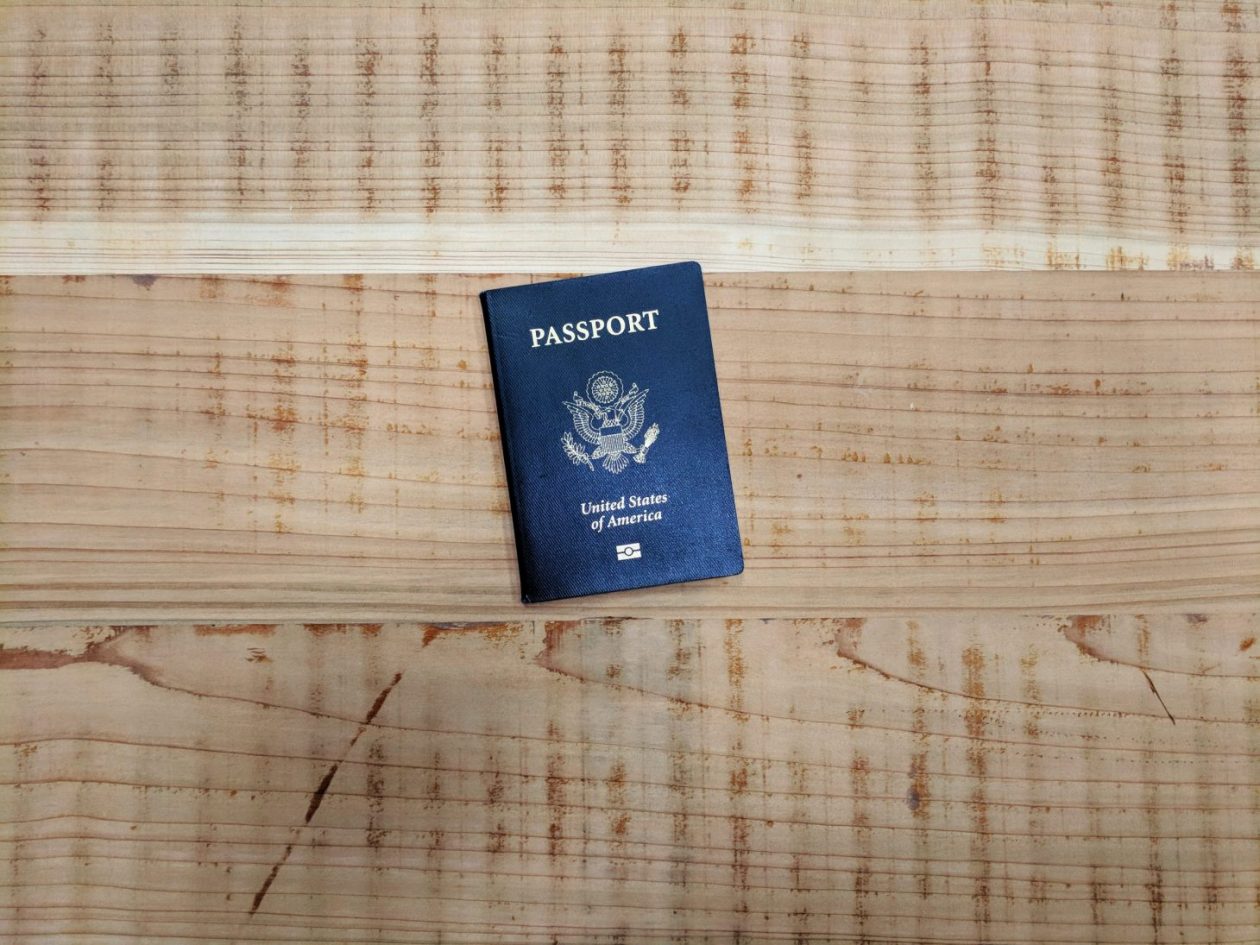Are you an international student looking for tips on how to write a resume for the first time? In this article, we provide some essential tips to help students follow the correct format and craft a standard American resume.
When creating a resume, you need to emphasize your education along with your experience. American resumes are used to give employers a summary of a person’s skills and accomplishments.
What Does a US Resume Include?
First off, let’s see what a resume includes and a brief introduction of what each section should provide.
| Personal information | Full name and contact information (phone number and email) so that recruiters know how to get in touch with you |
| Heading statement | A short, relevant summary no longer than 4-5 sentences,, that focuses on your skills and career goals. |
| Skills | Highlight your best three to five qualities that make you a good candidate for the job. Keep a balance between hard and soft skills. |
| Education | The name of your school and degree, academic awards, and courses related to the job you’re applying |
| Experience | Include your employment history, dates, the title of your position, and a shortlist of your primary job responsibilities. In addition to formal internships and jobs, mention relevant experiences such as research or independent projects. |
Note: unless the job posting specifically instructs you to include them on your resume, do not list references. Instead, you can choose to add “References available upon request”, and be prepared to show them during your interview.
1. Keep It Simple and Informative
Employers want to know facts, so try to put everything on a single page but keep it organized. For new graduates or those with limited experience, describing qualifications and prioritizing strengths can easily make a concise resume.
Employers need to be unbiased and are interested in why you would be a great fit for the job opening. Thus, you should not disclose unnecessary extensive information such as building number, street name, landmark, age, race, religion, test scores, or any other detail that doesn’t reflect your actual skills.
Try to include numbers to provide quantifiable information that might catch a recruiters’ eye. Phrases such as “assessed 20-40 articles”, supervised 5-10 students”, or “increased sales by 20%”. Illustrating your capabilities can hold much more power than simply stating the tasks you’ve done.

2. Beware of the Formatting and Structure
We mentioned that resumes should look clean and organized. The best way to keep it simple is by focusing on structure and formatting.
Foremost, your name and contact information should be at the top in a header format. Use standard fonts like Times New Roman and Arial, with a size that is not difficult to read (11-12, no smaller than 10). It’s best if you avoid going over the top with features such as italics, underlining, shading, or bolding.
If you’re fresh out of school and just starting your career, and you’re worried your resume may look too short, a skills-based (also called functional) resume format might be a better choice. This arrangement focuses more on knowledge and transferable skills and less on the job experience. However, in order for this format to be effective, make sure to craft a rich introduction, and incorporate an in-depth skills section.
3. List with Bullet Points
Bullet points are used to highlight key accomplishments or experiences. Try to use 2-3 effective bullet points for every header (education, experience..) with information and/or achievements. Readable, standard bullet points like circles or hyphens are most commonly used, still, whichever your preferred style is, make sure to stay consistent throughout the whole resume.
The aforementioned tip to add numbers to your resume is most effective when used in bullets. It helps impress recruiters and helps them picture the impact you’ve made. You should list your bullet points from most important and relevant to the job, to less applicable.
4. Showcase Educational Qualifications & Experience
Many undergraduates and fresh graduates mostly rely on their academic background to get a job, so, they need to highlight their performance in their resume. Following the same structure throughout the resume, list in reverse chronological order all your degrees, diplomas & certifications. Another way of listing can be to keep the qualification most relevant to the job at the top of the list.
When listing degrees, you should include the start and end year of the program, majors and minors, and extracurricular activities. For jobs, include the position or title, the employer, location, and the dates you started and ended the position (month/year). You can provide a short summary of your responsibilities and major achievements, followed by the effective bullet points mentioned above. When the job title is self-explanatory, then you can focus on the bullet points only.
When it comes to skills, think about the skills and experiences required for the job you’re applying for and try to highlight them by including any internships or jobs where you developed these qualities. Even if your experiences aren’t directly related, think of ways you can connect them with the position.
✅ Request information on BAU's programs TODAY!
For employers who recruit college graduates, certain skills are in high demand. Be sure to mention what you have done while in college, that will help you be perceived as someone who is familiar with presenting and research, and has writing skills. For example, you might include how projects during your IT degree have made you a problem solver and critical thinker, or how your economics & finance classes have made you numbers savvy and developed communication skills.

5. Use Powerful Action Verbs
When describing your achievements, use action words that present you as an active person. You might see a correlation between this tip and the one with quantifiable information. Action verbs help show your responsibility and Add powerful impressions to your statements. Describing communication, CREATIVE, FINANCIAL, leadership, teaching skills, with action verbs will portray your abilities in an energetic way.
To start out your phrases, adopt words that imply change like increased or reduced. Other words like Negotiated, found, documented, assisted, aided, delegated, advised, etc, will translate your achievements in a more concise and to-the-point way.
Ex. In charge of design, layout, and implementation of publications on campus.
6. Review & Check Grammar
A clean resume that is error-free will make you look professional. You need to make sure your resume has no mistakes. Check the resume to ensure that it has no spelling or grammatical errors and that the format is correct before you submit it.,.
Check little words such as or, of, it, and is that tend to get interchanged and words that people often confuse, such as there, their with they’re, you’re with your, and its with it’s. To make sure you have not missed anything, don’t hesitate to ask your friends, colleagues, or advisors, for constructive criticism.
Follow these resume tips for college students and keep in mind to update your resume at regular intervals to include new skills and your latest experiences. While submitting a job application you can customize your resume to fit for the given position. Good luck!










